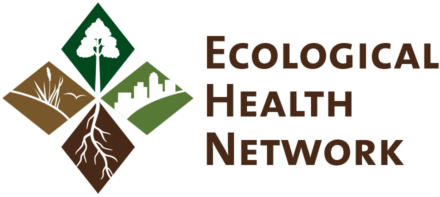Public Health
“But man is a part of nature, and his war against nature is inevitably a war against himself.” – Rachel Carson
Resilient ecosystems and biodiversity are fundamental conditions for healthy human populations. Albert Howard, botanist and visionary author on agriculture and culture, said, "The birthright of all living things is health." He continued, "This law is true for soil, plant, animal, and man [sic]: the health of these four is one connected chain." Expand that connected chain to include where we live, where we work, what we eat, our education, our tribe, our neighbors, and our rituals, and you begin to see the interrelated conditions and factors that define population health.
What we collectively do to create the conditions in which people can be healthy is generally called public health. It is rooted in the science and practice of protecting and improving human health. What would dual ecological restoration and public health goals look like? To begin with, they would avoiding the stifling bifurcation and patently false dichotomy between "humans vs. nature."
The consequences of healthy ecosystems embedded in healthy landscapes include clean water and healthy soil, which, for simplicity and to facilitate inter-disciplinary discourse, can be called “ecosystem services.” The concept of ecosystem services is an important framework for understanding, evaluating, and communicating the contributions of ecosystems to human health and wellbeing. Much as the concept of ecosystem services helps link restoration science with public policy, public health research can link ecosystem restoration with public budgets. The opportunities are legion. For example, public health surveillance, which includes the many facets of data collection, in the context of ecological restoration can help document the impact of ecological restoration on people's health, track progress towards specific goals, and translate research to inform public health and/or restoration interventions, research, policies, and practices.
People influence ecosystem health and ecosystems influence people's health. Pull coal out of mountains and see what happens to surrounding rivers and streams and the people that drink this water. But what happens when mining sites are restored? How is local public health affected? Public health professionals frequently measure what happens to biochemical and other processes in us when we are exposed to degraded environments. What is far less measured and imagined is what happens to critical processes inside of us when ecosystems are restored to a healthier trajectory. By nurturing shared language, concepts, and goals, the public health and ecological restoration fields can show us how Albert Howard's "one connected chain" can move from degradation to restoration, with positive effects on human health.
ECOLOGICAL RESTORATION
Photo by Thibaud Aronson
